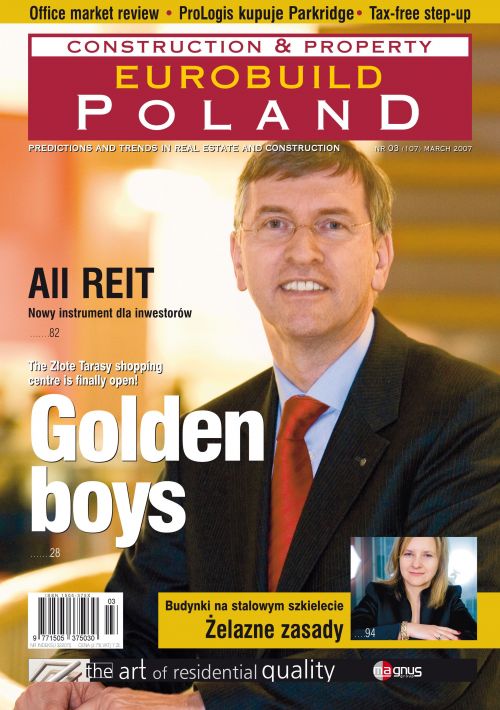The script could have been from a box-office action film, calm early on with the excitement and the action steadily inte nsifying, then a breath-taking twist in the plot before the usual happy endingING Real Estate Development and the citizens of Warsaw had been waiting for the afternoon of 7th February 2007 for 12 long years – the moment when the doors swung open of Złote Tarasy’s 63,500 sqm shopping and entertainment section, complete with a unique glass roof dome Scene one This Dutch company and the city authorities signed a letter of intent in 1995 to set up a joint venture to develop a multifunctional complex in the heart of the city on the site of a car park between Warsaw’s central railway station and ul. Złota. The Centrum Złota joint venture company was established three years later, afterwards changing its name to Złote Tarasy. Skanska, the Swedish general contractor, started the work in 2002 and today the final finishing touches are being given to the






























































